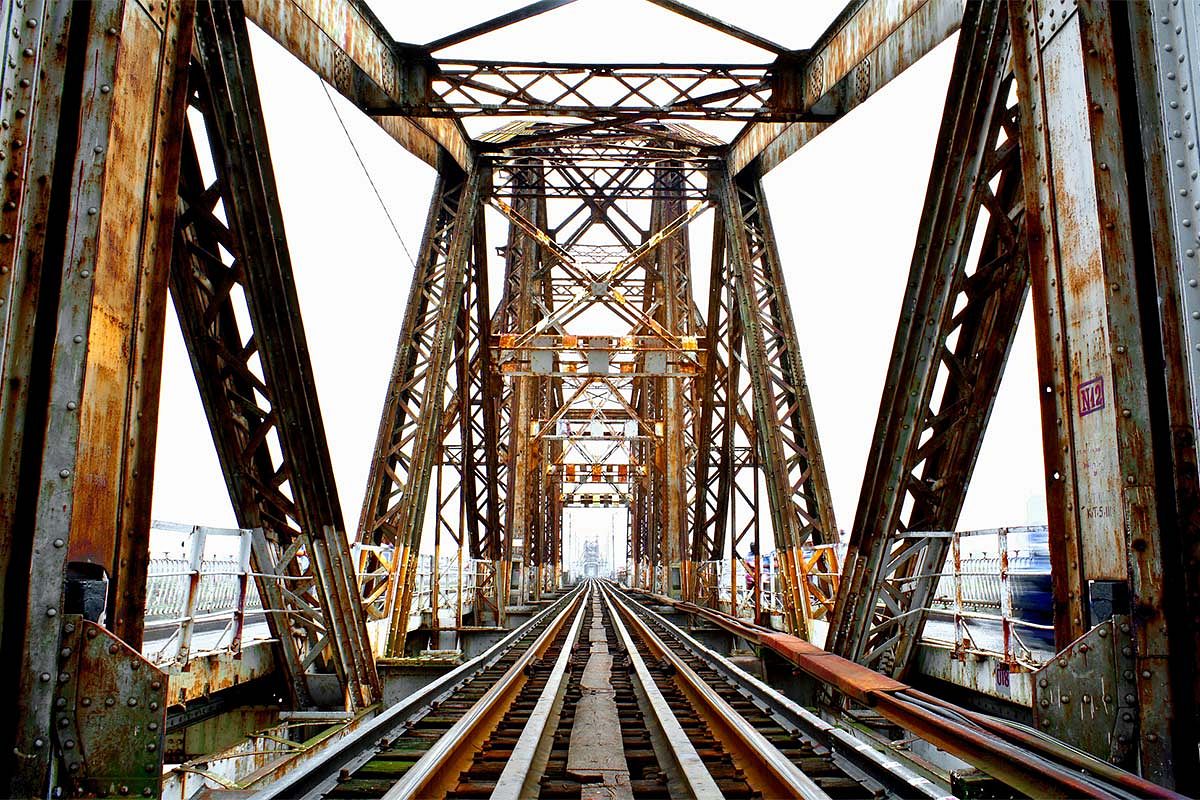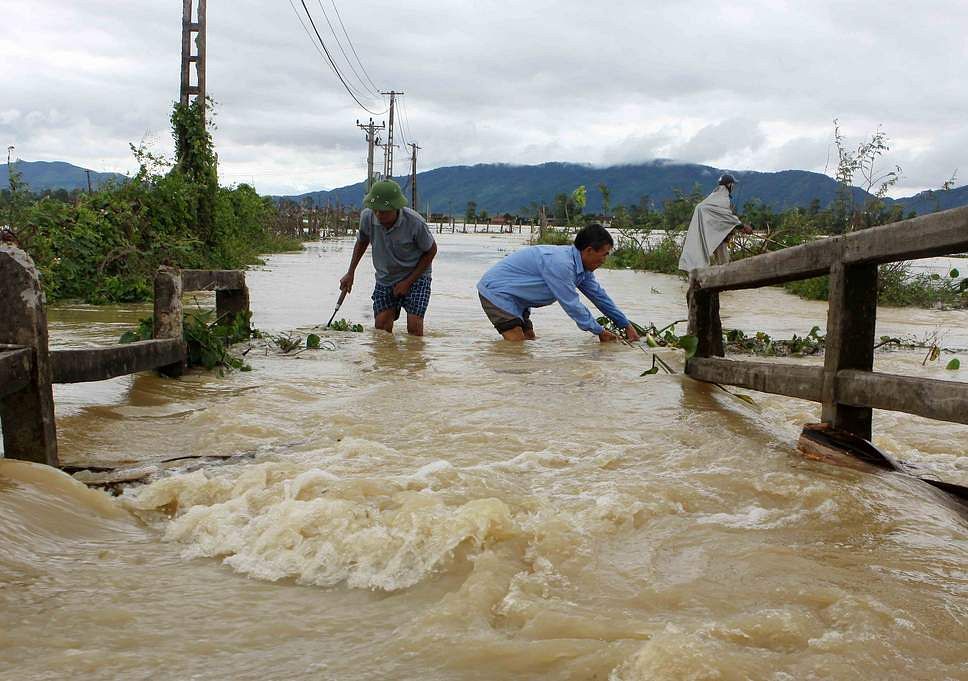Over the last decade, Vietnam witnessed its population grow by 10.4 million.
According to statistics the Central Steering Committee for the Population and Housing Census published this week, the country had 96.2 million people as of April 1, making it the third-most populated country in Southeast Asia, behind Indonesia and the Philippines. Approximately 65% of the population lives in urban areas, with the rest residing in rural parts of the country, according to an infographic created by the Vietnam News Agency. The population is made up of 49.8% male and 50.2% female.
The report featured other information regarding the population, including an average density of 270 persons per square kilometer, which is rather high for the region. Hanoi's population density is 2,398 people per square kilometer, while that figure is 4,363 for Saigon. Meanwhile, 77.5% of all Vietnamese over the age of 15 are married.
The most crowded region in Vietnam is the Red River Delta with 22.5 million residents, followed by the north-central and south-central coast (20.2 million). The southeast region, where Saigon is, has 17.8 million people while the Mekong Delta has 17.3 million. The mountainous provinces in northwest and northeast Vietnam have 12.5 million inhabitants. And lastly, the Central Highlands is the least populated at 5.8 million people.
At the conference held for the date's release, Deputy Prime Minister Vuong Dinh Hue said, “the results have a particularly important meaning for policy-making, in order to take advantage of the ‘golden’ population, overcome the situation of ‘getting old before becoming rich,’ and avoid the risk of Vietnam falling into the middle-income trap.”
The national census is conducted every ten years. It was carried out this past spring atover 173,000 locations, with help from over 122,000 investigators and supervisors.
[Photo via Pixabay]














